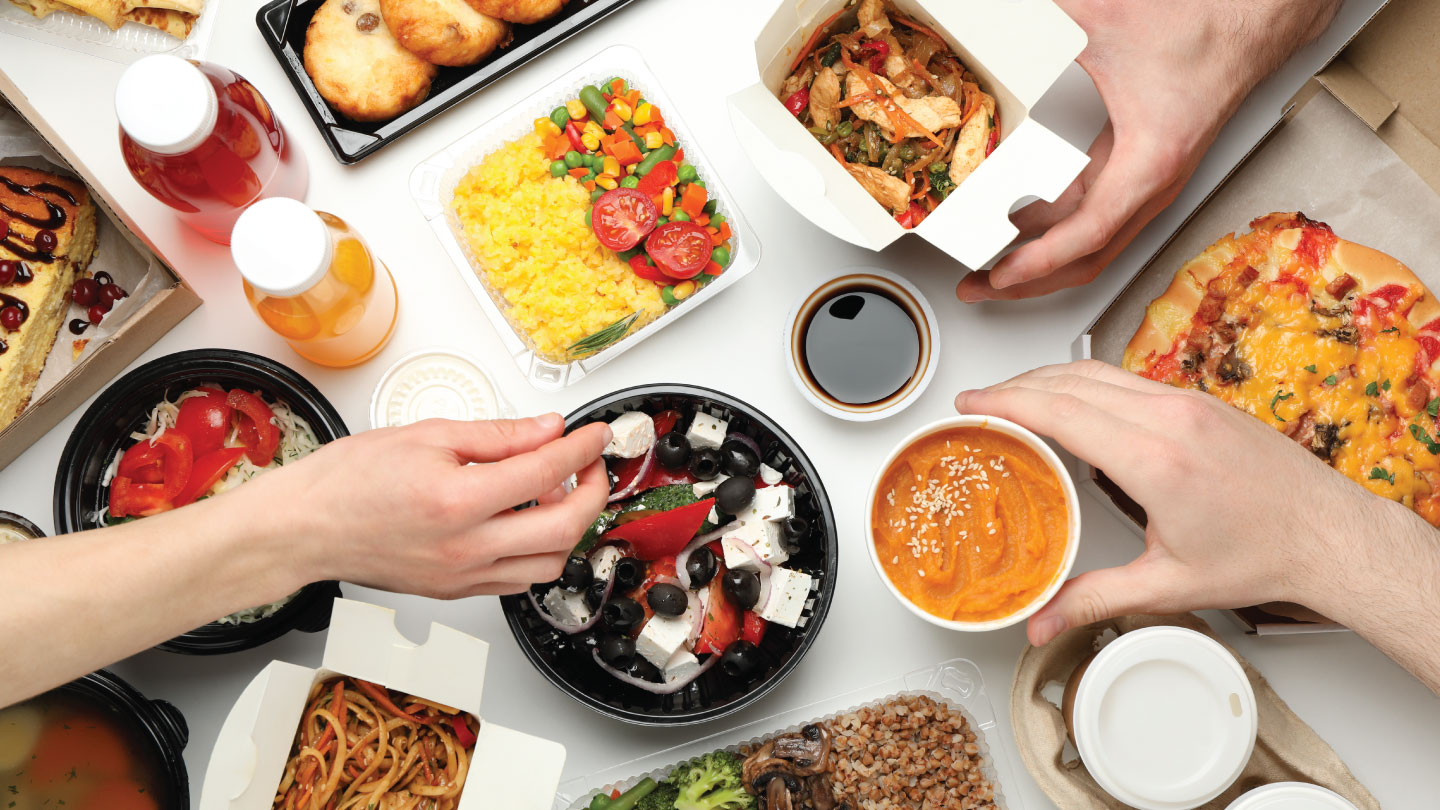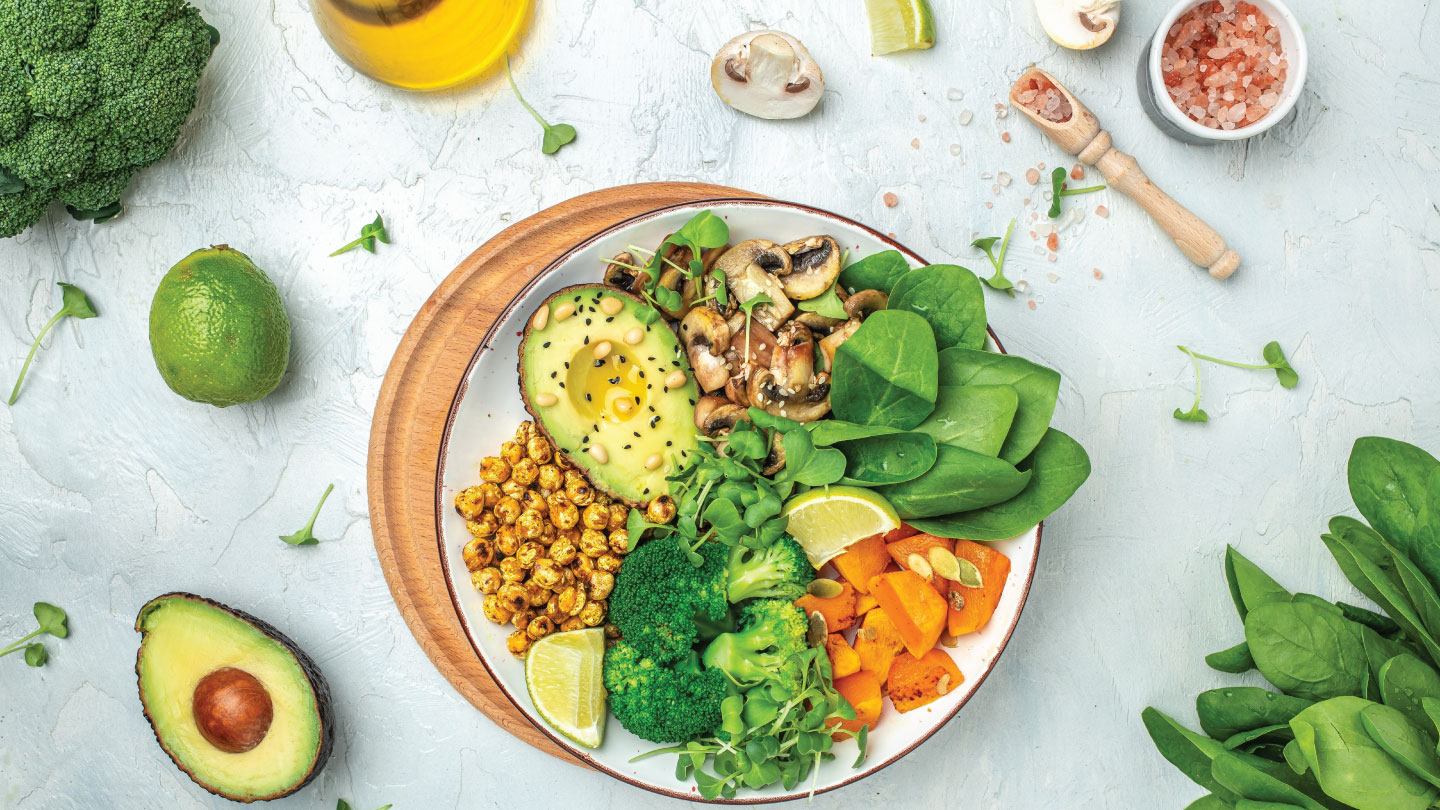Nutrition
Best Utensils To Cook Your Food
From non-stick to stainless steel and cast iron, explore options that are safe, durable, and add flavour.

Imagine you’ve just whipped up a perfectly cooked omelette, sliding it effortlessly off the pan thanks to the magic of non-stick cookware. At that moment, it’s easy to swear by non-stick pans, appreciating their convenience and ease of use.
However, it is crucial to consider the bigger picture: the materials your utensils are made from and how they interact with the food you prepare. While enjoying the simplicity of non-stick surfaces, it’s important to recognise that some cookware can contain toxic chemicals that may leach into your meals, impacting your health.
Choosing the right utensils is just as vital as selecting fresh, nutritious ingredients. From the durability of stainless steel to the health benefits of cast iron, each type of cookware comes with its unique advantages and potential drawbacks. Understanding these factors will not only enhance your cooking experience but also ensure that the food you serve is safe and wholesome.
Dr. Dimple Jangda, an Ayurvedic health expert and author of the book ‘ Heal Your Gut Mind & Emotions’, shared her views on Instagram about the best material to cook food. Keep reading to know what she has to say:
Need all your wellness solutions in one place? A whole new world awaits just a click away.
Non Stick Cookware
Non-stick cookware, often coated with materials like Teflon, provides an excellent surface for cooking with minimal oil, making it a healthier option for preparing meals. Its easy-release feature allows food to slide off effortlessly, which can simplify cooking and cleaning. This type of cookware is ideal for delicate items such as eggs and pancakes, which can easily stick to traditional pans. Additionally, non-stick pans usually require less fat for cooking, making it easier to maintain a lower-calorie diet. Their lightweight nature and convenient design further enhance the cooking experience.
Downsides
One major drawback is that these pans should not be heated above 280 degrees Celsius (about 536 degrees Fahrenheit), as higher temperatures can cause the non-stick coating to break down, releasing toxic fumes and potentially leading to a condition known as "Teflon flu." This can result in flu-like symptoms such as headaches, chills, and fever in some individuals. Furthermore, non-stick surfaces can be easily scratched or damaged if metal utensils are used, compromising their effectiveness and longevity. PFOA is a chemical that was previously used to manufacture Teflon. Since 2013, PFOA has been removed from Teflon products, but there are still other components, namely PFAS that are not fully understood.
Related story: Best And Worst Cooking Oils: How to Choose With Experts
Iron Cookware
When food is cooked in cast iron utensils, small amounts of iron seep into the food from the cookware which can be healthy for our bodies. For those who are anaemic, cooking in iron utensils is recommended as it helps in the formation of red blood cells. This metal is vital for improving cognitive function, as adequate oxygen circulation to the brain supports mental clarity and focus. Additionally, iron is a common treatment for anaemia, particularly in individuals experiencing fatigue and weakness. Its benefits extend to alleviating restless leg syndrome and reversing insomnia, enhancing overall sleep quality. Furthermore, iron strengthens the immune system, helping the body fend off infections and illnesses.
Downsides
Cooking with iron may lead to an excessive intake of this metal, particularly for individuals with conditions like hemochromatosis, which causes iron overload. Additionally, iron utensils can react with acidic foods, potentially resulting in a metallic taste and affecting the flavour of dishes. Over time, iron cookware can also rust if not properly maintained, posing a risk of contamination. Moreover, the weight of iron utensils can make them less convenient for daily use, particularly for those with limited strength or mobility.
Related story: What Not to do if You Are using an Iron Skillet
Copper Utensils
Copper is renowned for its water purification properties, effectively eliminating germs, mould, algae, fungi, and bacteria, making it a valuable asset for maintaining clean drinking water. Its antibacterial and antioxidant properties also contribute to reducing inflammation and fighting infections. In addition, copper aids digestion, supports weight loss, and enhances wound healing, promoting overall health. Its ability to balance the three doshas (Kapha, Vata, and Pitta) in Ayurvedic medicine makes it an important element for holistic well-being. Moreover, copper supports thyroid function, heart health, and skin vitality.
Downsides
Overexposure to copper can lead to toxicity, resulting in symptoms such as nausea, vomiting, and abdominal pain. This is particularly a concern if copper cookware is used for cooking acidic foods, which can increase the leaching of copper into food. Additionally, copper utensils require regular polishing to maintain their luster, which can be time-consuming. The risk of allergic reactions in sensitive individuals is also a consideration, making it important to be cautious when incorporating copper into kitchenware.
Related story: Signs of Iron Deficiency and Ways to Boost Iron Absorption
Brass Utensils
Brass combines the beneficial properties of copper and zinc, making it effective in boosting immunity and maintaining healthy haemoglobin levels. It helps prevent skin diseases and supports bone strength, contributing to overall health. The alloy’s properties are particularly advantageous for cooking non-acidic foods, such as rice and dal, as it enhances nutrient absorption and only about 7% of the nutrients are lost in the cooking process.
Downsides
On the downside, brass utensils may not be suitable for everyone due to potential allergies to this metal. While brass is durable, it can tarnish over time and requires regular maintenance to keep it in good condition. Additionally, brass is not recommended for cooking acidic foods, such as tomatoes and tamarind, as the reaction can lead to a metallic taste and could potentially release harmful compounds.
Related Story: Handy Hacks to Master the Kitchen
Stainless Steel Cookware
Stainless steel is highly regarded for its durability and resistance to rust and corrosion, making it a popular choice for cookware and utensils. It is non-reactive, meaning it won’t leach chemicals into food, ensuring that flavours remain intact, even when cooking acidic dishes. Stainless steel is easy to clean and maintain, often being dishwasher safe, which adds to its convenience. Additionally, it is hygienic, as its smooth surface minimizes the growth of bacteria, making it an excellent option for food preparation and storage. This material is also relatively lightweight compared to iron or brass, making it user-friendly.
Downsides
Despite its many advantages, there are some downsides to using stainless steel utensils. One concern is that lower-quality stainless steel may contain nickel, which can cause allergic reactions in sensitive individuals. Additionally, stainless steel does not conduct heat as efficiently as materials like copper or aluminium, potentially leading to uneven cooking. Also, steel can only retain around 60-70 per cent of the nutrient content of the food
Need all your wellness solutions in one place? A whole new world awaits just a click away.
Tips to Care for Each Type of Cookware
For non-stick cookware, avoid metal utensils to prevent scratches. Gently clean with a soft sponge and mild detergent, and don’t heat above 280°C (536°F) to protect the coating.
With cast iron, season regularly by applying a thin layer of vegetable oil after cleaning. Avoid soaking; instead, wipe clean with a damp cloth or scrub with a brush. Always ensure it’s completely dry before storing to prevent rust.
For copper cookware, polish often with a copper cleaner to maintain its shine and prevent tarnishing. Avoid cooking highly acidic foods, which can leach copper into your meal. Clean with a soft cloth and mild detergent, avoiding harsh chemicals.
With brass utensils, clean regularly with brass polish to prevent tarnishing. Avoid using them for acidic dishes to prevent a metallic taste. Hand wash with mild soap and avoid abrasive sponges.
Stainless steel is mostly dishwasher safe, but hand washing can prolong its life. Use moderate heat to prevent food from sticking, and keep them dry and free of moisture to avoid spotting.
According to Krish Ashok, the author of the famous book ‘Masala Lab’, choosing the right cooking utensils ultimately depends on your specific needs and how much effort you're willing to invest in maintenance. He mentions that the best cookware material is whatever you are comfortable using. Choice of cookware material has no meaningful effect on the nutritional value of your food. Cook time and temperature affect your food.
Non-stick cookware offers convenience and ease of use, making it great for quick meals, but be mindful of temperature limits and potential chemical concerns. Cast iron is fantastic for those looking to boost their iron intake and enhance flavour, though it requires more care to prevent rust. Copper and brass bring unique health benefits but come with the challenge of regular upkeep and potential reactions with acidic foods. Stainless steel is a durable and hygienic choice, perfect for those who prioritise ease of cleaning and non-reactivity, though it may not provide the best heat conduction.
Consider the material that best aligns with your lifestyle. No matter which option you choose, each has its unique advantages that can enhance your culinary experience.
EXPLORE MORE
From fibre and protein to gut health and mindful meals, these are the healthy eating lessons that stood out in 2025!
Bloating isn’t just about overeating or bad food choices. According to expert nutritionist Dr Lakshmi Kilaru, it’s often the result of multiple factors. Keep reading to know more.
If you’re on a GLP-1, your diet can make or break your health journey. Here’s your guide to avoid common pitfalls.
Bright, tangy, and naturally refreshing, this orange chutney offers a burst of citrusy sweetness with a gentle hint of spice. It’s the perfect accompaniment to elevate daily meals with freshness and depth.







.jpg)

.jpg)
